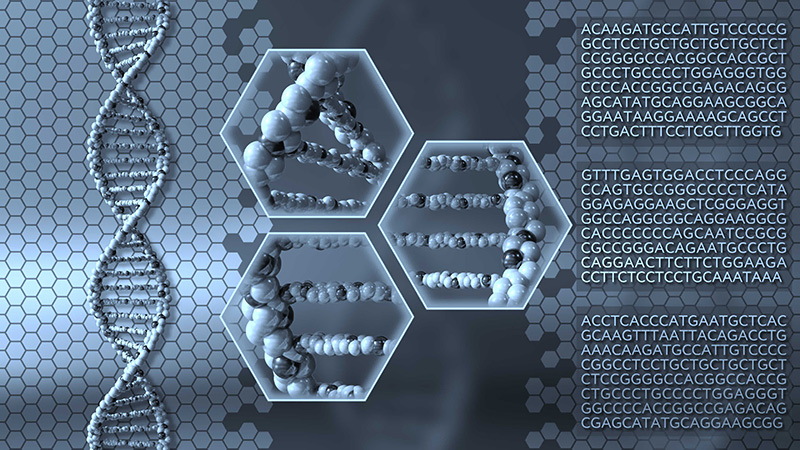
26th January 2017 The first stable semi-synthetic organism Scientists at the Scripps Research Institute have created the first stable semi-synthetic organism. This can hold two artificial bases, x and y, in its genetic code indefinitely. It could lead to entirely new forms of life with synthetic DNA, the team says, with many potential uses in medicine.
Life’s genetic code has only ever contained four natural bases: G, A, C and T. These pair up to form two “base pairs” – rungs of the DNA ladder – and they have simply been rearranged to create bacteria and butterflies, penguins and people. Four bases make up all life as we know it. Until now. Scientists at the Scripps Research Institute (TSRI) have announced the development of the first stable semisynthetic organism. Building on their 2014 study in which they synthesised a DNA base pair, the researchers created a new bacterium that uses the four natural bases (A, T, C and G), which every living organism possesses, but that also holds two synthetic bases called X and Y in its genetic code. Prof. Floyd Romesberg and his team have now shown that their single-celled organism can hold on, indefinitely, to the synthetic base pair as it divides. Their work is published this week in the journal Proceedings of the National Academy of Sciences. “We’ve made this semi-synthetic organism more life-like,” comments Romesberg, senior author of the study. While applications are still far in the future, the researchers say the work could be used to create new functions for single-celled organisms that play important roles in drug discovery and much more. ---
Comments »
|







